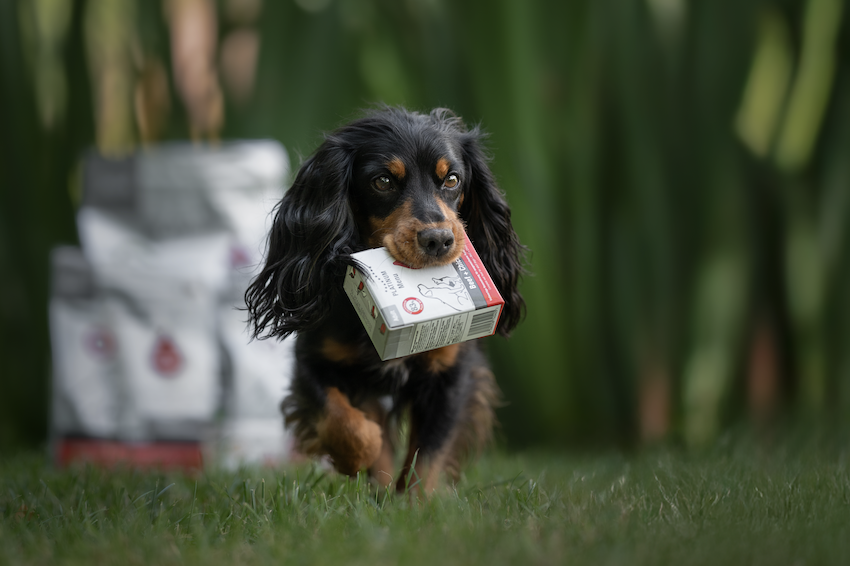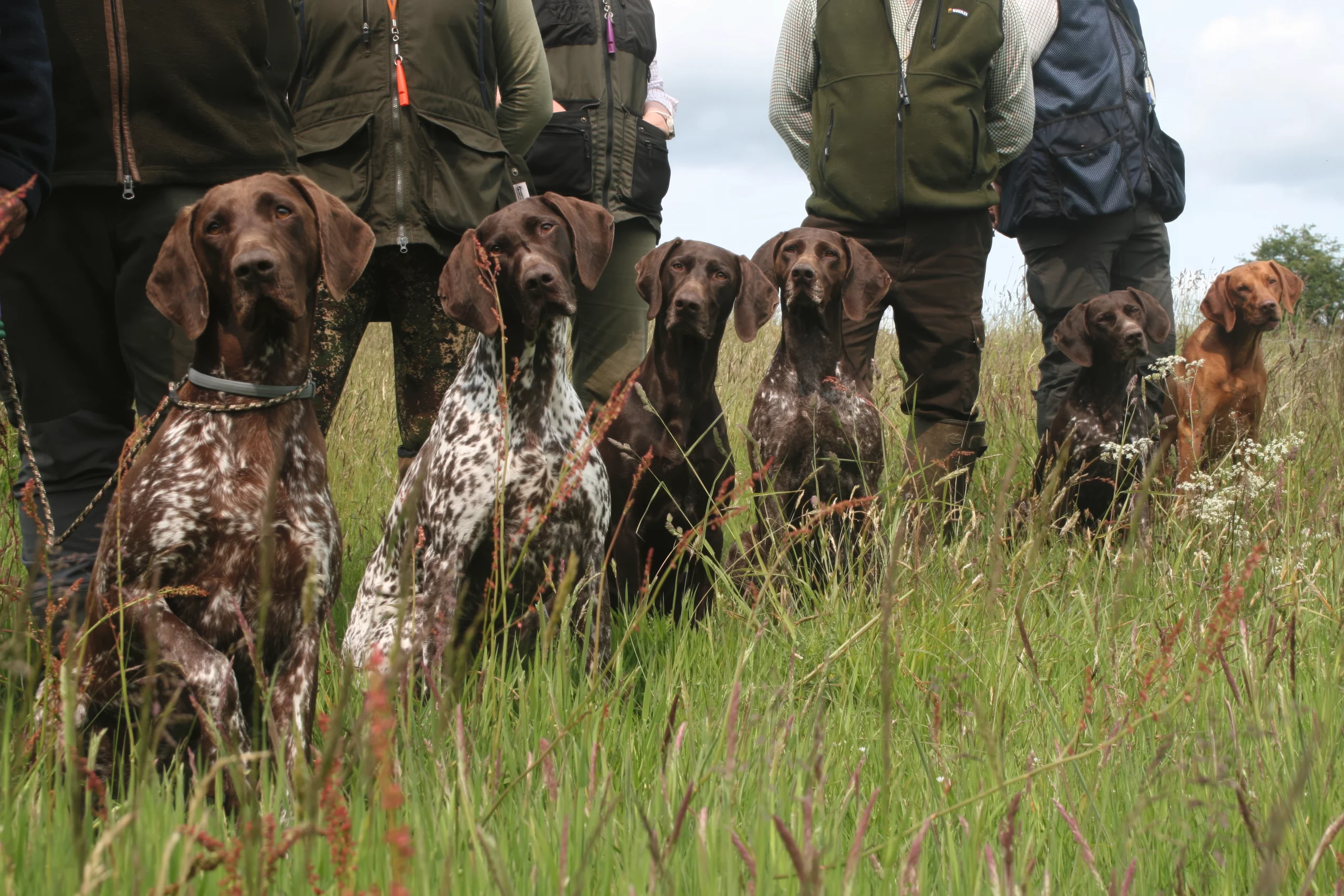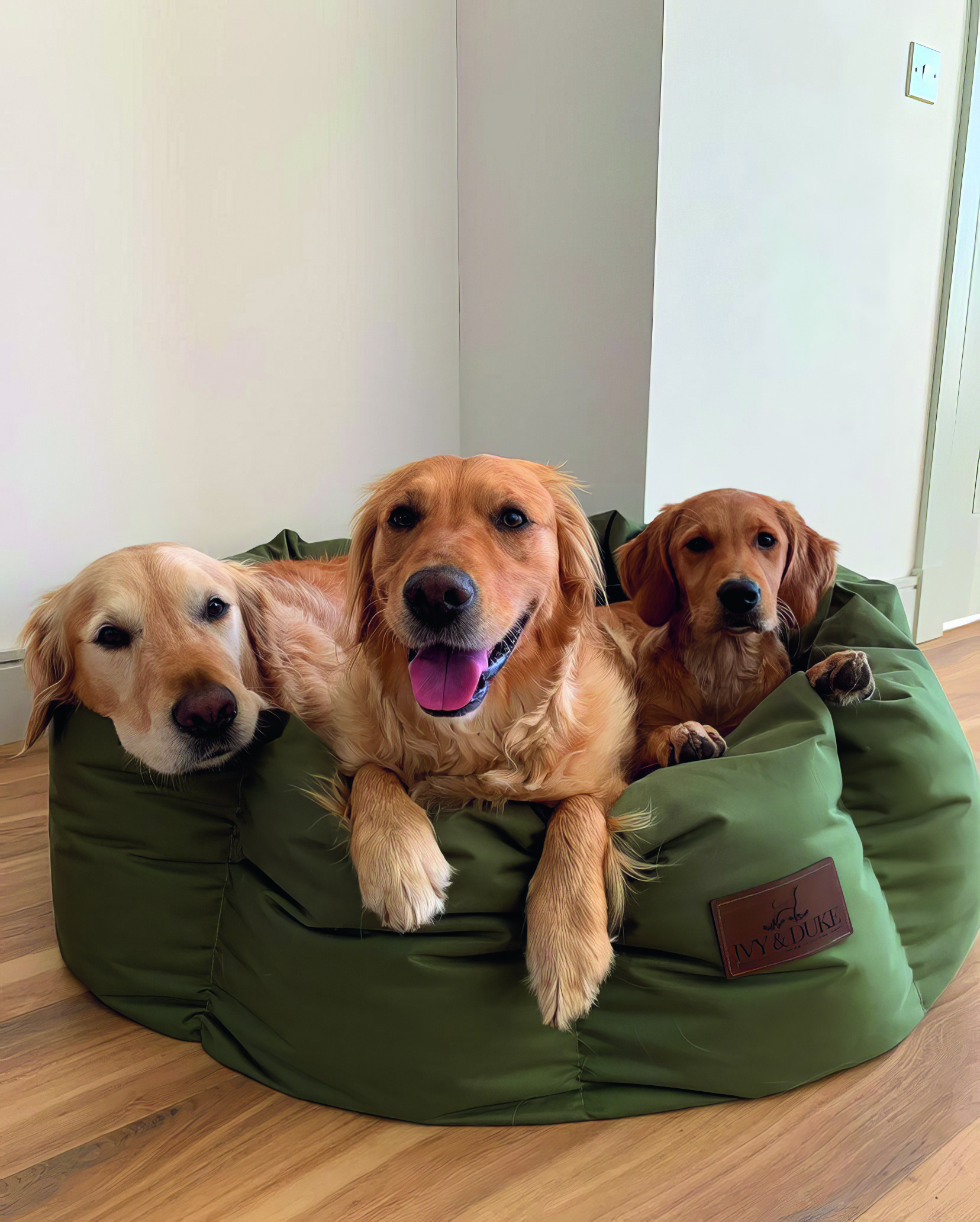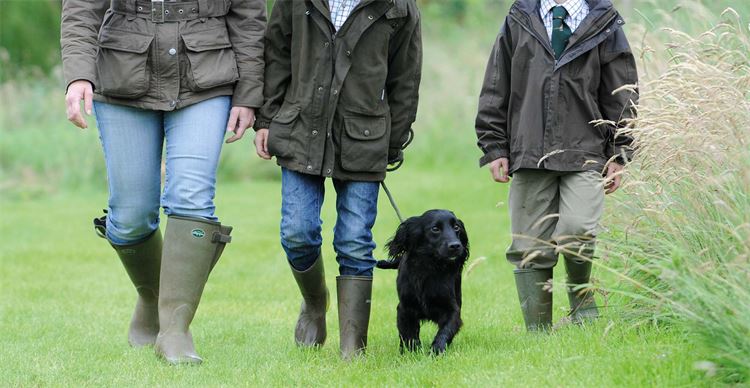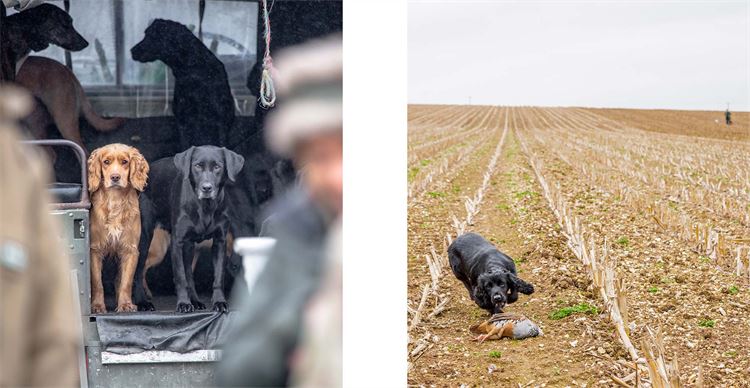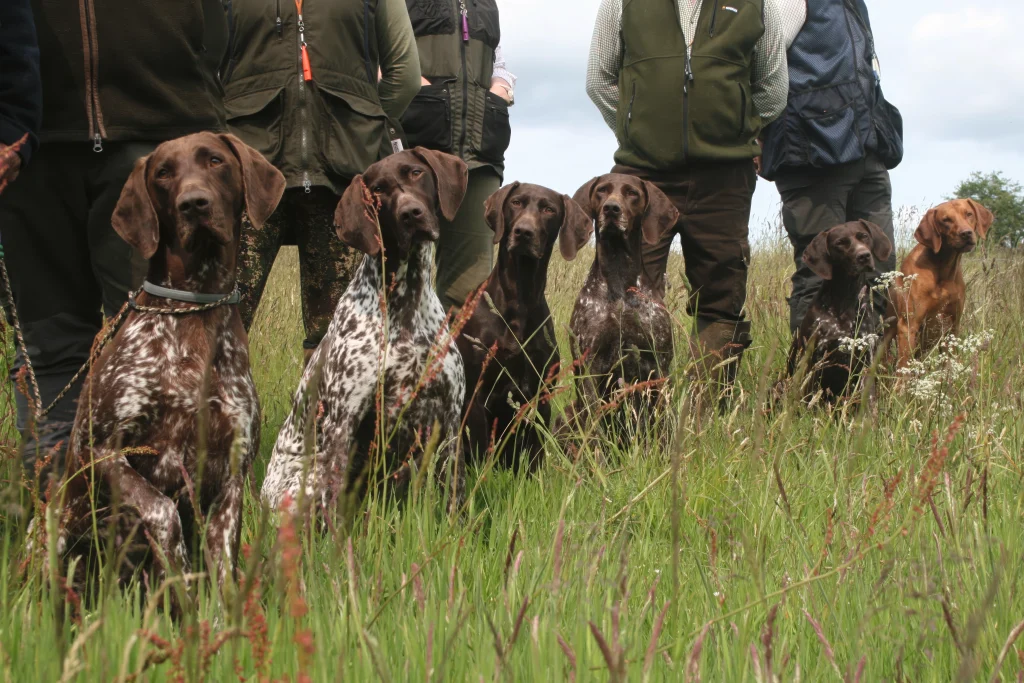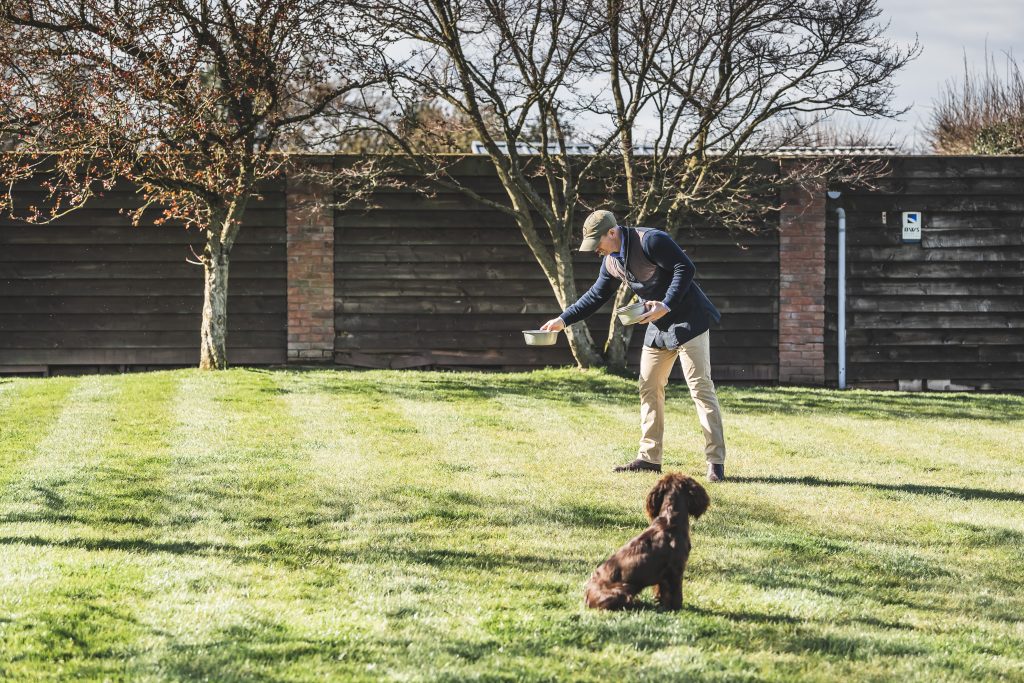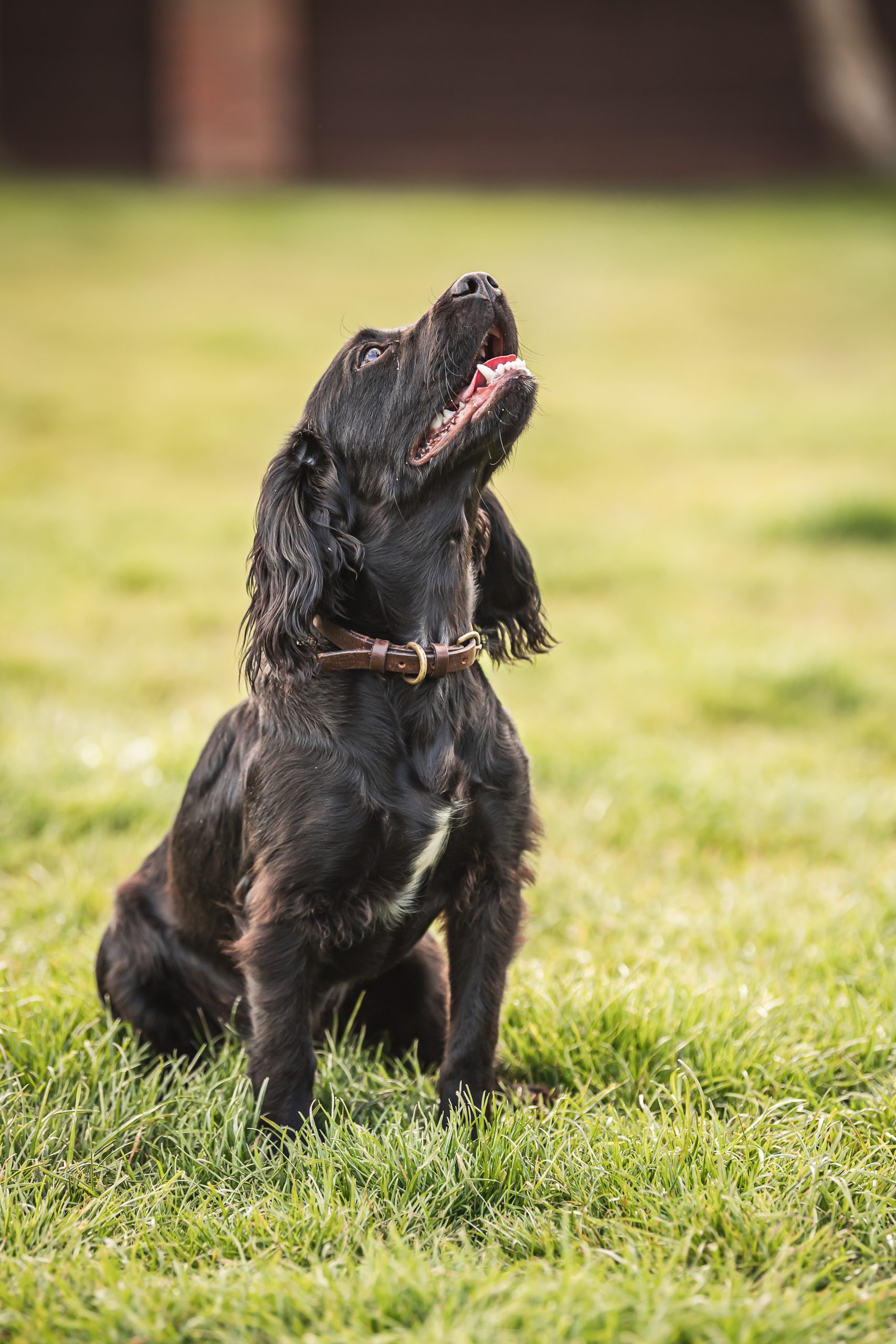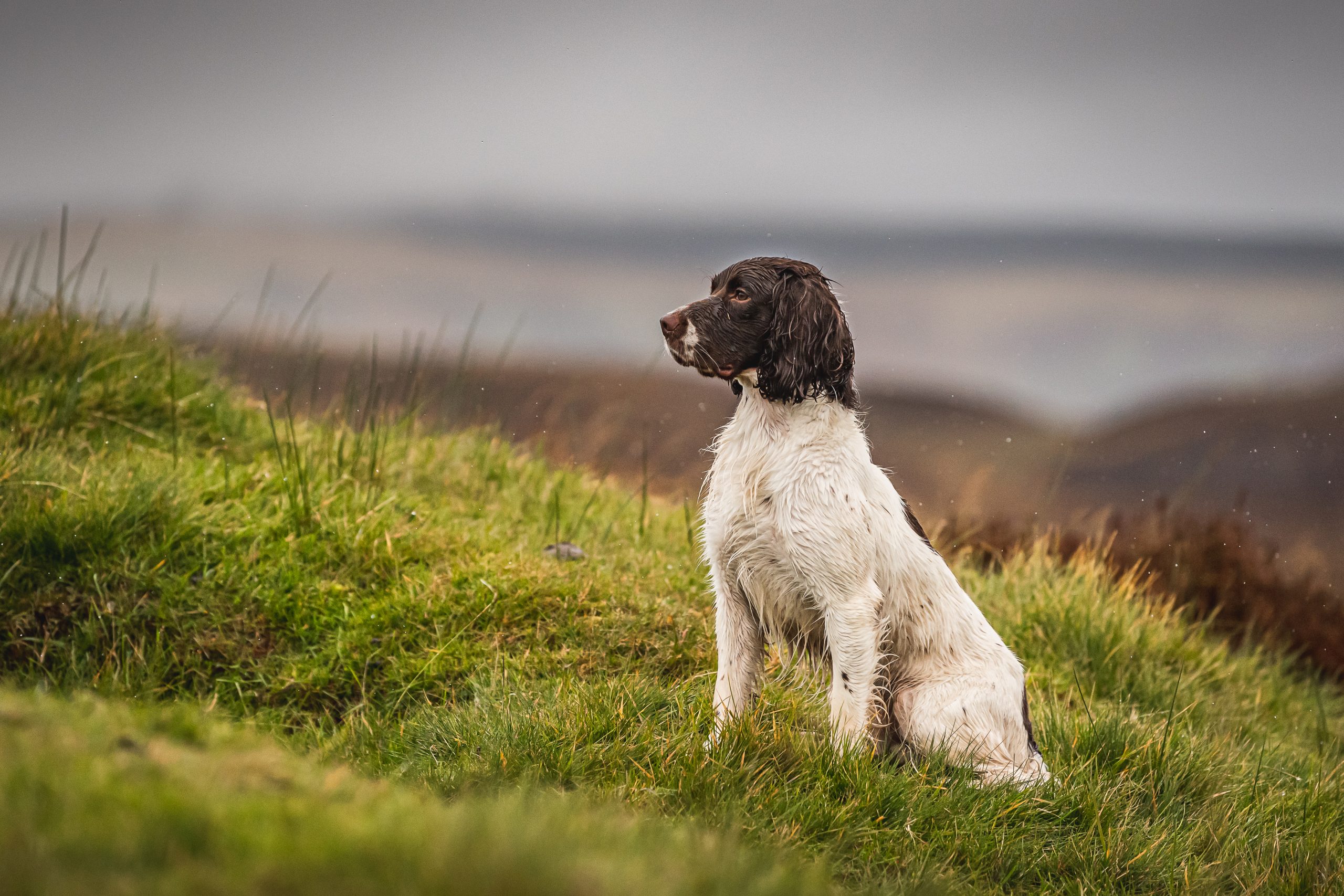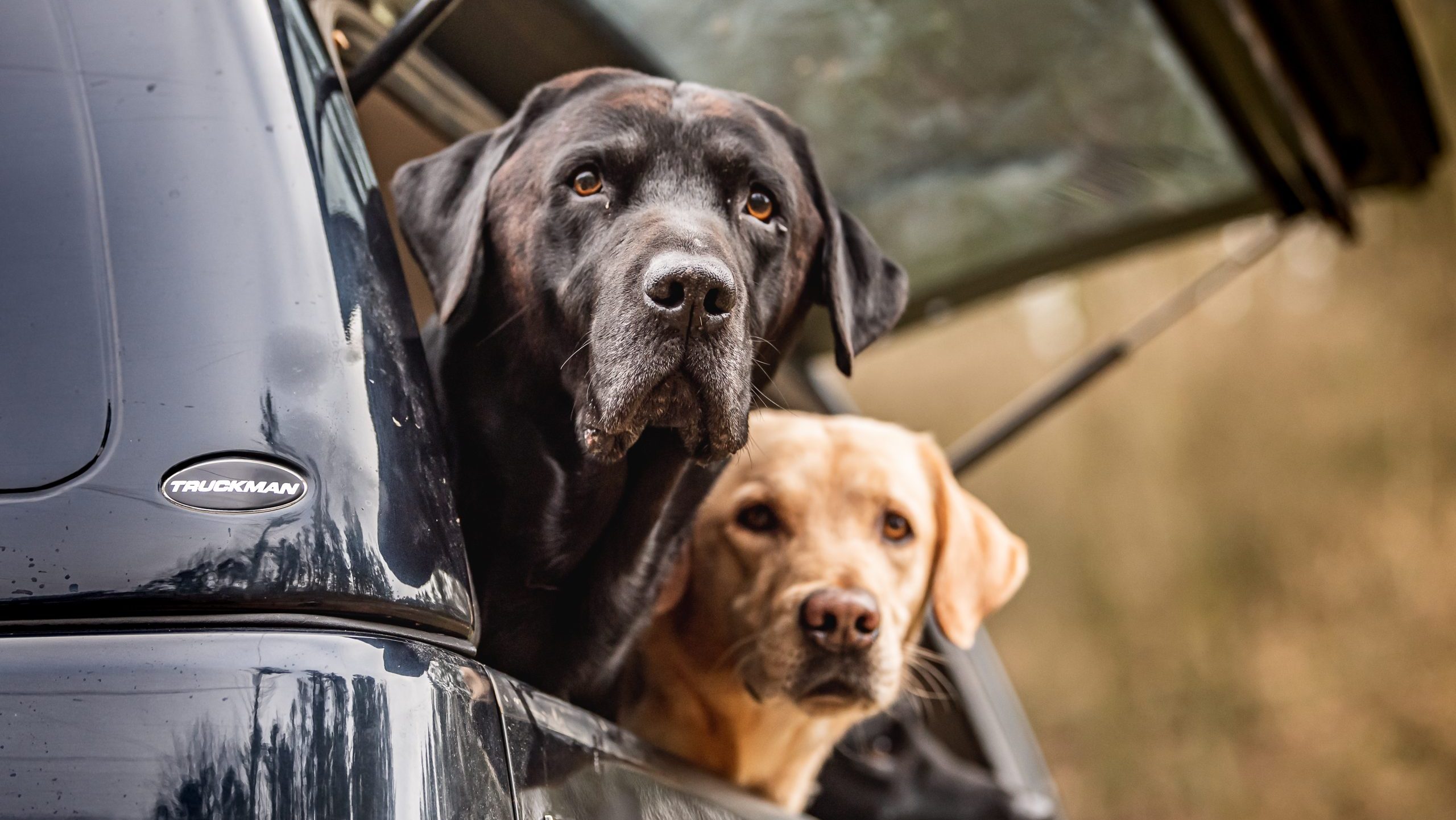Training
Five common gundog training mistakes – Part 1
Highlighting the five most common gundog training mistakes and how to avoid them.
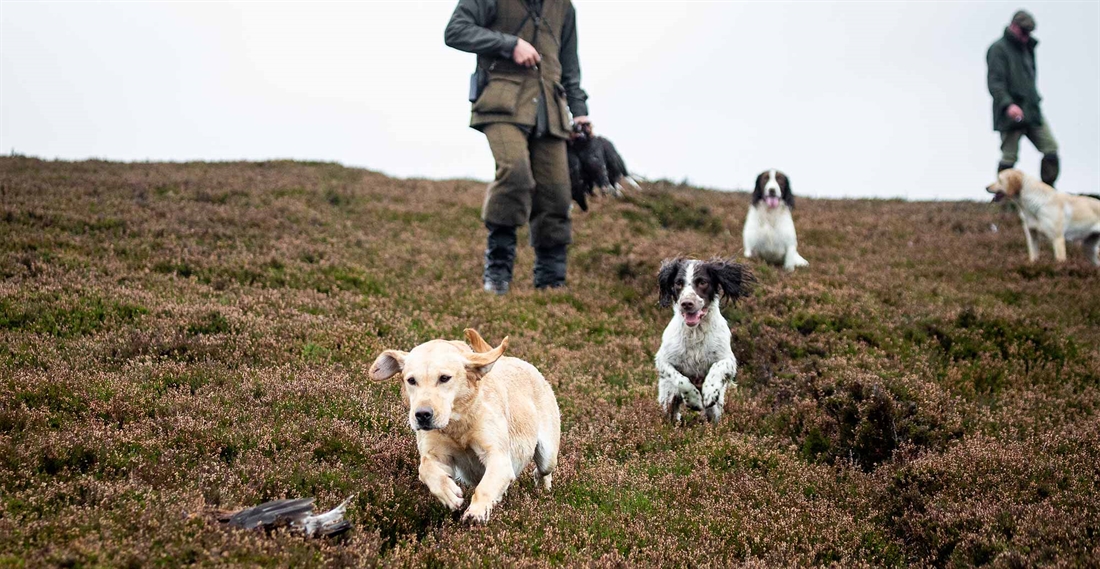
1. Too much freedom
Too much freedom before you have established basic control (recall, sit and stay) can result in a dog that is inclined to hunt without you, and do as it pleases.
Example: Many owners exercise their dogs by walking in straight lines and allowing the dog to run on in front. If a gundog is allowed to do this often, it will think that it has to entertain itself every time it is let off the lead – i.e. pick up a scent and pursue it, with no regard for any command from its owner. And this desire will increase tenfold if it catches something.
Instead: Base exercise around a fun training session. Start with sit, stays, heelwork and long recalls, and then, eventually, encourage your dog to hunt for tennis balls in thick grass around your feet, or retrieve in controlled, confined areas. Make yourself the centre of attention, so that the dog associates you with fun – it will pay more attention to you as a result.
2. Inconsistency
Mixed messages confuse a dog and can damage the relationship between dog and owner.
Example: One day out of four, if your dog moves a yard from where it was told to sit and stay, you let it do so with no correction. Which is right, which is wrong?
Instead: Establish the rules from day one and ensure that anybody who has anything to do with the dog follows them, too. It is little good trying to teach your dog to stay while you throw a dummy, if somebody else in your family is throwing 30 balls a day for the dog to fetch as and when it wishes. Have the whole family attend training sessions occasionally. This way, everyone will be singing from the same hymn sheet.
3. Fools rush in
It is imperative that training is done in increments and very gradually. The dog should understand an exercise completely before moving on to the next. Take your time.
Example: The owner has been practising heelwork on the lead in the garden, using a boundary fence to help keep the dog close. After a week, the lead comes off and the dog is expected to do the same in a new environment where distractions are rife. A huge leap in what is being asked of the dog, and a lack of success is the result.
Instead: The steps made in training should not be noticeably different from one another. Small changes are easier for a dog to grasp. For heelwork, for example, ensure the dog is walking on the lead perfectly, before then dangling the lead in front of its face, and starting heelwork off the lead in a confined environment with minimal distractions. Gradually increase the distances walked and the distractions present once the dog has perfected the previous stage.
4. Treating every dog the same
Dogs are not robots. Like humans, they all have different personalities and characters, and learn things at different speeds. What works for one dog might not work for another.
Example: For a very bold, outgoing dog with a lot of drive, steadiness will be a priority from an early age and will need to be ingrained before much retrieving and hunting is done. Take the same approach with a shy dog that is a little cautious and you might just discourage it from hunting altogether.
Instead: Be flexible with your training approach and tailor it to the individual dog, constantly monitoring what is and isn’t working. Focus more on a dog’s weaknesses rather than its strengths.
5. Unclear commands
Your dog can’t carry out what you are asking of it if it doesn’t know what that command is. Right from the off, establish the commands – voice and whistle – that will be used, and stick to them.
Example: How many times have you heard somebody on a shoot day ask their dog to ‘sit’, ‘hup’, or ‘come here and stay next to me a minute’, all within the space of the same drive. The dog has no idea what any of these commands mean.
Instead: Pick one command for ‘sit’, one for ‘come’ and one for ‘heel’ and thread these through the rest of your training, including your whistle commands. Be aware of the tone of voice you use, too. Simple, short, easy to understand commands are key. And make sure the dog is looking at you before you give a hand signal of any sort.
Related articles
Events
Training
Training news
The road to Ragley
Preparing for the HPR Home Internationals, taking place at the Game Fair in July, requires dedication and a different training approach. Scottish HPR team captain Katrina Wilkinson talks us through th...
By Time Well Spent
Training
Patience is a virtue
It’s a skill that is often overlooked in training, but which is vital for all gundogs. Ben Randall explains how to capitalise on some everyday opportunities to practice it, now that spring is here.
By Time Well Spent
Get the latest news delivered direct to your door
Subscribe to Gundog Journal
Unlock the full potential of your working dog with a subscription to Gundog Journal, the UK’s only dedicated magazine for gundog enthusiasts. Published bi-monthly, this authoritative resource delivers expert training advice, in-depth interviews with top trainers and veterinary guidance to help you nurture a stronger bond with your dog.
With stunning photography and thought-provoking content, Gundog Journal is your essential guide to understanding, training and celebrating your working dog.
Save 10% on shop price when you subscribe, with a choice of packages that work for you. Choose from Print & Digital or Digital only with each journal delivered directly to your door or via the app every other month, plus access to past issues with the digital back issue library.


Manage Consent
To provide the best experiences, we use technologies like cookies to store and/or access device information. Consenting to these technologies will allow us to process data such as browsing behavior or unique IDs on this site. Not consenting or withdrawing consent, may adversely affect certain features and functions.
Functional Always active
The technical storage or access is strictly necessary for the legitimate purpose of enabling the use of a specific service explicitly requested by the subscriber or user, or for the sole purpose of carrying out the transmission of a communication over an electronic communications network.
Preferences
The technical storage or access is necessary for the legitimate purpose of storing preferences that are not requested by the subscriber or user.
Statistics
The technical storage or access that is used exclusively for statistical purposes.
The technical storage or access that is used exclusively for anonymous statistical purposes. Without a subpoena, voluntary compliance on the part of your Internet Service Provider, or additional records from a third party, information stored or retrieved for this purpose alone cannot usually be used to identify you.
Marketing
The technical storage or access is required to create user profiles to send advertising, or to track the user on a website or across several websites for similar marketing purposes.

